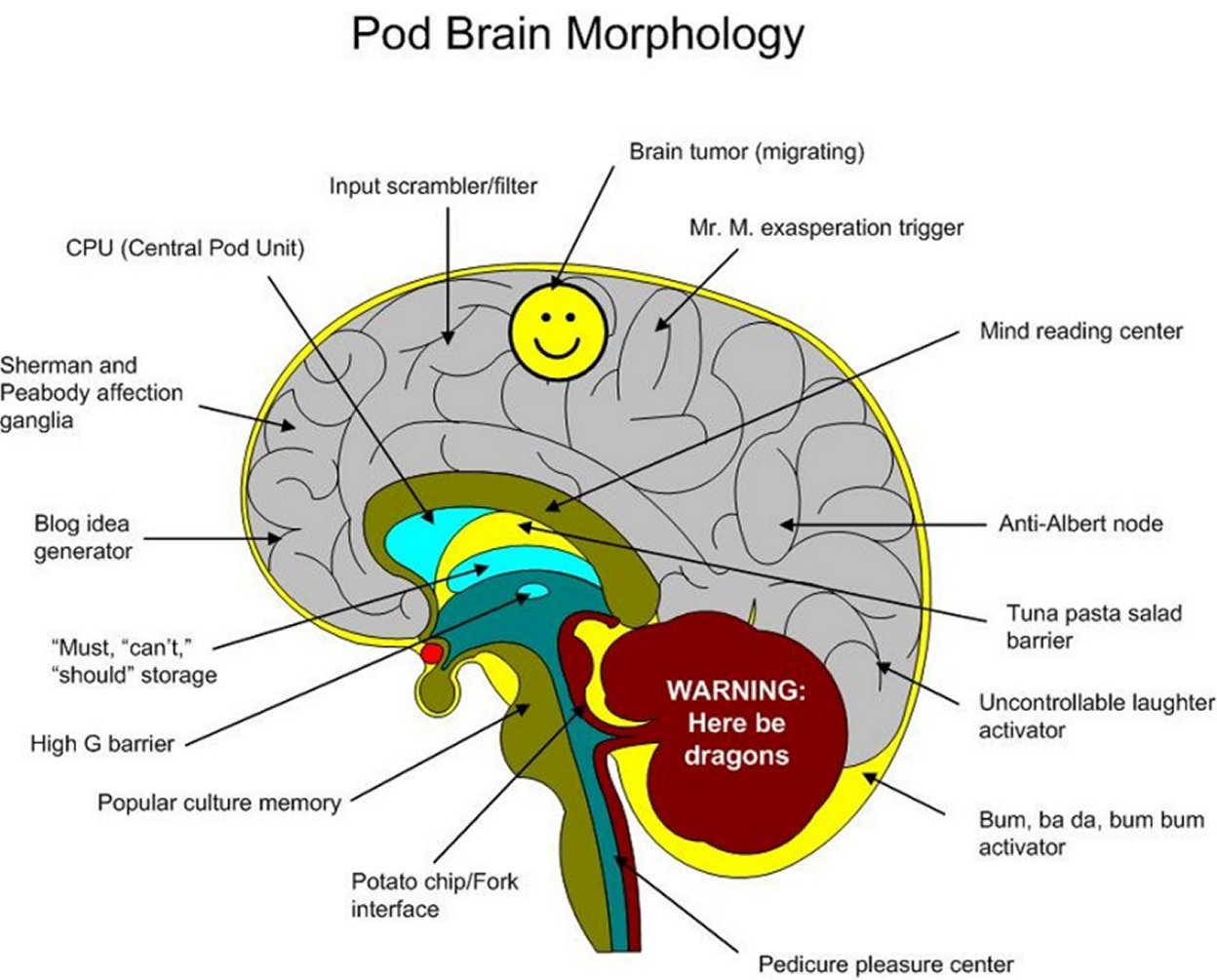

The cerebrum of the most primitive vertebrates is not much more than the connection for the sense of smell.

The complexity of the cerebrum is different across vertebrate species. Many of the higher neurological functions, such as memory, emotion, and consciousness, are the result of cerebral function. Deep within the cerebrum, the white matter of the corpus callosum provides the major pathway for communication between the two hemispheres of the cerebral cortex.įigure 14.3.1 – The Cerebrum: The cerebrum is a large component of the CNS in humans, and the most obvious aspect of it is the folded surface called the cerebral cortex. It separates the cerebrum into two distinct halves, a right and left cerebral hemisphere. There is a large separation between the two sides of the cerebrum called the longitudinal fissure. The wrinkled portion is the cerebral cortex, and the rest of the structure is beneath that outer covering. The iconic gray mantle of the human brain, which appears to make up most of the mass of the brain, is the cerebrum ( Figure 14.3.1). The coordination of reflexes depends on the integration of sensory and motor pathways in the spinal cord. The regulation of homeostasis is governed by a specialized region in the brain. A person’s conscious experiences are based on neural activity in the brain. The spinal cord is a single structure, whereas the adult brain is described in terms of four major regions: the cerebrum, the diencephalon, the brain stem, and the cerebellum. The brain and the spinal cord are the central nervous system, and they represent the main organs of the nervous system.

Name the major regions of the adult brain.By the end of this section, you will be able to:


 0 kommentar(er)
0 kommentar(er)
